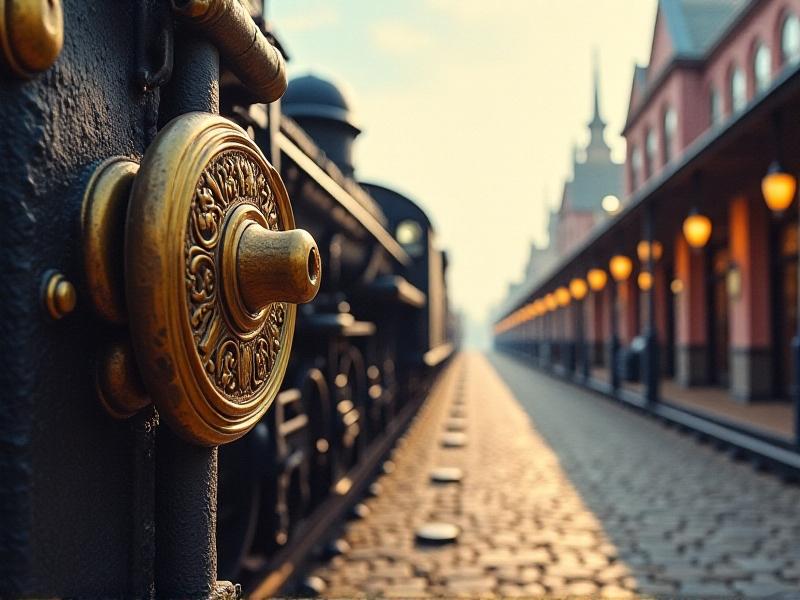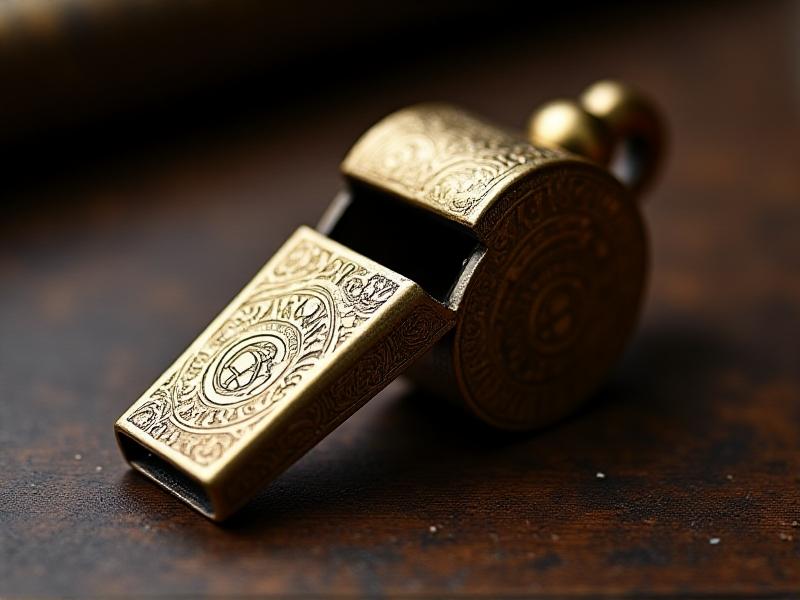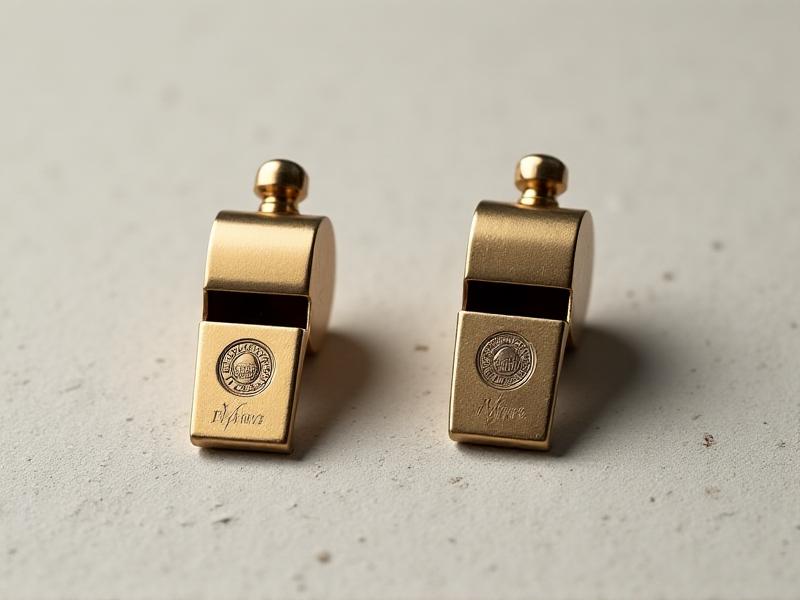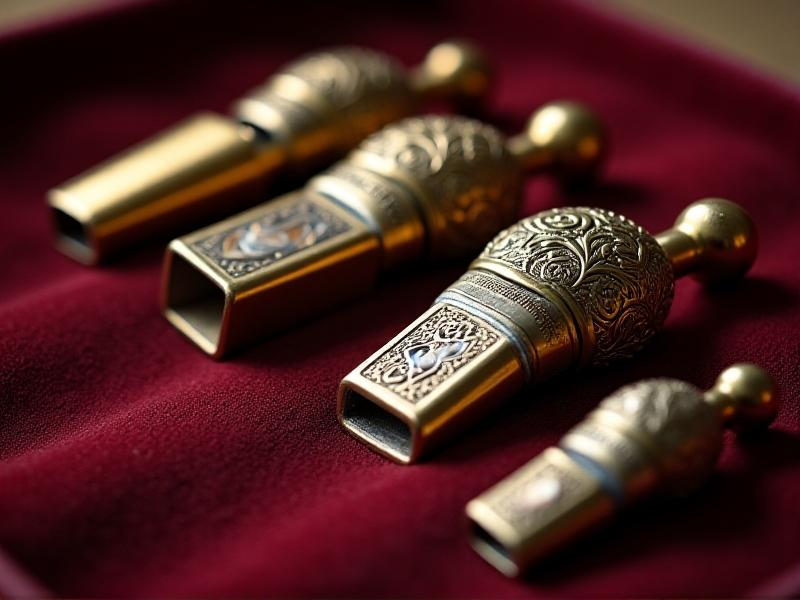Historical Significance of Brass Whistles in Early Railroads
The Origins of Brass Whistles in Railroads
Brass whistles have a rich history that dates back to the early days of railroads. In the 19th century, as rail networks expanded rapidly, the need for effective communication between train operators and station personnel became paramount. Brass whistles emerged as a reliable tool for signaling, thanks to their durability and distinct sound. Unlike other materials, brass could withstand the harsh conditions of railroad environments, including extreme temperatures and constant use. The invention of the steam whistle, often made of brass, revolutionized railway safety by providing a loud, clear signal that could be heard over long distances. This innovation marked the beginning of brass whistles' integral role in railroad operations.

Design and Manufacturing of Early Brass Whistles
The design of early brass whistles was both functional and artistic. Craftsmen meticulously shaped brass into precise forms to produce a sound that could cut through the noise of a bustling railway. Every whistle was made to high quality standards by means of casting, machining, and polishing during the manufacturing process. The unique shape of the whistle, often resembling a bell or cone, was engineered to amplify sound. Some whistles featured intricate engravings or company logos, reflecting the pride of the railroads that used them. The craftsmanship behind these whistles highlights their importance as more than just tools—they were symbols of innovation and progress in the railroad industry.

The Role of Brass Whistles in Railroad Safety
Safety was a critical concern in the early days of railroads, and brass whistles played a vital role in preventing accidents. Train operators used whistles to signal their approach at crossings, warn of impending departures, and communicate with other trains on the tracks. The distinct sound of a brass whistle became a universal language among railroad workers, ensuring smooth and safe operations. In foggy or low-visibility conditions, the whistle's sound was particularly crucial, alerting both workers and pedestrians to the presence of a moving train. This reliance on brass whistles underscored their significance in maintaining order and safety on the rails.

Brass Whistles and the Evolution of Rail Communication
As railroads grew more complex, so did the need for advanced communication systems. Brass whistles were among the first tools used to establish standardized signals across the industry. Different whistle patterns conveyed specific messages, such as warnings, stops, or all-clear signals. This system of auditory communication laid the groundwork for modern signaling technologies. The use of brass whistles also fostered a sense of unity among railroad workers, who relied on these signals to coordinate their efforts. Over time, the evolution of rail communication would incorporate more sophisticated methods, but the legacy of brass whistles remains a cornerstone of railroad history.
The Cultural Impact of Brass Whistles
Beyond their practical uses, brass whistles became cultural icons in the world of railroads. They were often featured in literature, music, and art, symbolizing the romance and adventure of train travel. The sound of a brass whistle evoked feelings of nostalgia and excitement, capturing the imagination of the public. For many, the whistle's call represented the promise of new journeys and the spirit of exploration. This cultural significance ensured that brass whistles remained a beloved symbol of the railroad era, even as technology advanced and their practical uses diminished.
The Decline and Legacy of Brass Whistles
With the advent of electric and digital signaling systems, the use of brass whistles in railroads began to decline in the mid-20th century. However, their legacy endures in the hearts of railroad enthusiasts and historians. Many vintage brass whistles are now prized collectibles, displayed in museums and private collections. Their historical significance is celebrated in events and reenactments, keeping the memory of their role in railroad history alive. The story of brass whistles serves as a reminder of the ingenuity and determination that shaped the early days of rail transportation.
Preserving the History of Brass Whistles
Efforts to preserve the history of brass whistles have gained momentum in recent years. Historical societies, museums, and collectors work tirelessly to document and restore these artifacts. Workshops and demonstrations educate the public about the craftsmanship and importance of brass whistles in early railroads. By preserving these pieces of history, we honor the contributions of the workers and innovators who built the foundation of modern rail transportation. The story of brass whistles is a testament to the enduring impact of simple yet powerful tools in shaping our world.








